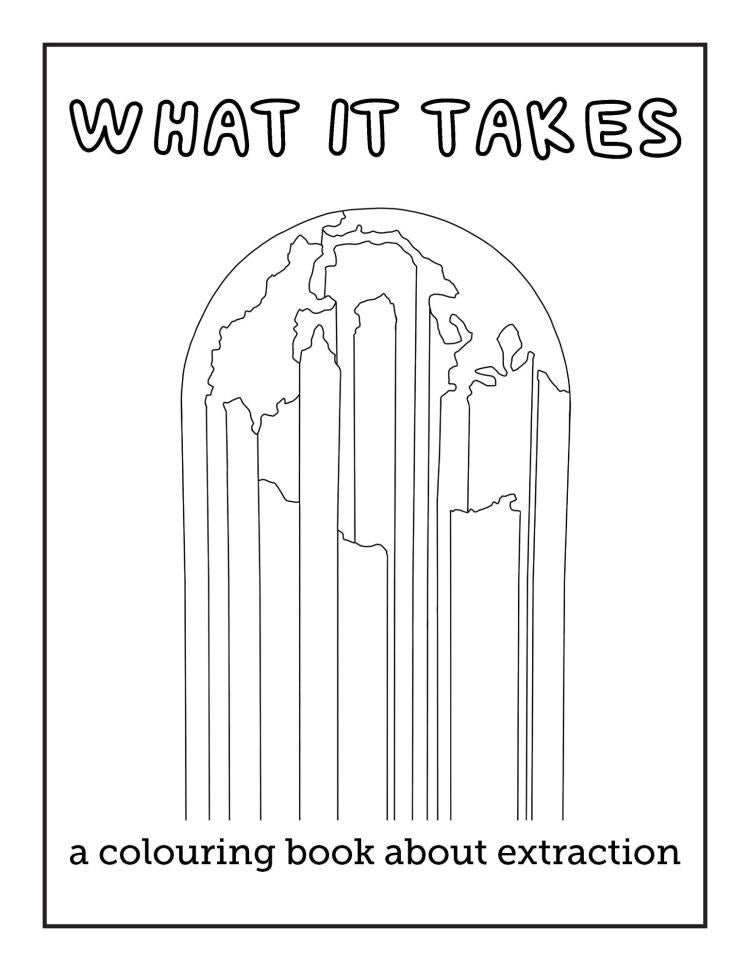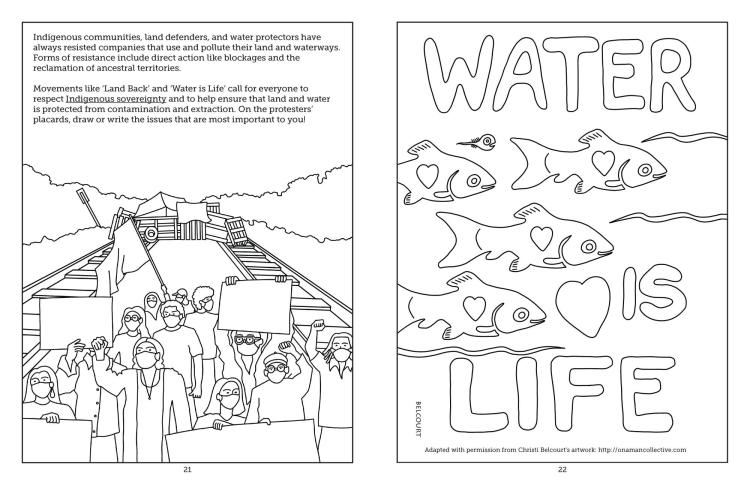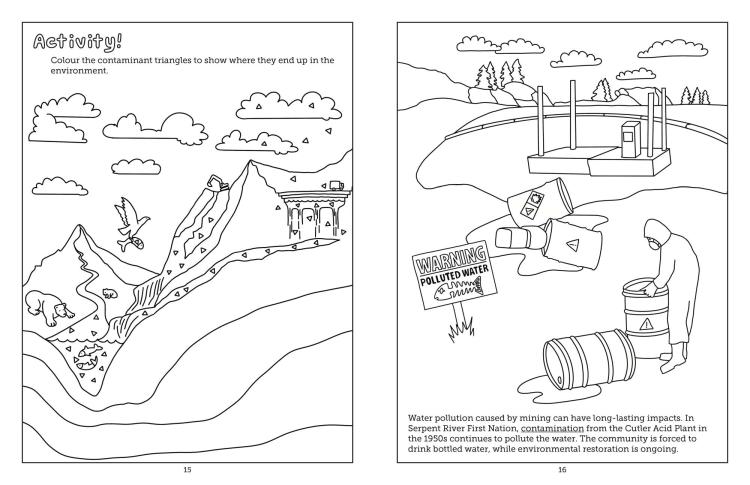 Canada is notorious for its scenic old-growth forests, mouthwatering maple syrup, fervent enthusiasm for ice hockey and notably amiable people. But Canada also boasts a lesser-known aspect that is just as deeply ingrained in its culture and history: its expansive and extractive mining industry.
Canada is notorious for its scenic old-growth forests, mouthwatering maple syrup, fervent enthusiasm for ice hockey and notably amiable people. But Canada also boasts a lesser-known aspect that is just as deeply ingrained in its culture and history: its expansive and extractive mining industry.
“Anywhere there's a mine, there’s probably a good chance that it’s owned by a Canadian company,” Zannah Matson, assistant professor of landscape architecture at ENVD, explained. Canada is home to 75% of the world’s mining companies. From art and science museums to the skyline of Toronto (largely consisting of banks that specifically fund mining operations), cultural institutions are steeped in the history of mining.
So steeped in fact, that mining has dug its way into elementary school curriculum. Mining Matters, a charitable organization and educational wing of the Prospectors and Developers Association of Canada (PDAC), provides teachers with trainings and resources centered around mining education. Activities are designed to provide students with “mineral literacy” around mining science and inform youth about career opportunities in mining industries, often through interactive activities and resources like coloring books.

 Through these programs, the darker side of mining (including human rights violations and ecological degradation) is primarily glossed over. “It’s really insidious, they talk about how minerals are made and how great mining is all wrapped in one,” Matson noted. “What would happen if we made a coloring book that tells a more complete history?”
Through these programs, the darker side of mining (including human rights violations and ecological degradation) is primarily glossed over. “It’s really insidious, they talk about how minerals are made and how great mining is all wrapped in one,” Matson noted. “What would happen if we made a coloring book that tells a more complete history?”
Matson is a member of Beyond Extraction (BE), a Canadian-based collective of researchers, writers, artists and activists who critically investigate and resist acts of extraction such as industrial mining practices. Each year during PDAC’s global mining convention in Toronto, BE develops educational countermeasures to expose the harm done by mineral extraction. This year, one of their projects is centered around a coloring book.
According to BE’s website, “What it Takes: an all-ages colouring book” is designed to disrupt the grip that Canada’s mining industry has on culture and education. Flipping through the book, readers will find topics ranging from the history of prospecting and excavation in Canada to discussions of unfair labor practices and environmental pollution. Line-drawn graphics reveal scenes of Indigenous communities and land defenders protesting extractive projects. On page four, young artists can doodle what they imagine a landscape would look like without the mining operations. On page fifteen, they can color in “contaminant triangles” that have leached into rivers, and on page seven they can connect the dots to reveal a gold ring and learn about the 20 tons of waste rock needed to create it.
Through an accessible and engaging format, the book’s creators are especially hoping to counter the narratives that, in recent years, have attempted to equate mining with environmental sustainability and green technology.
“That's the big conversation right now with the switch to a green energy future,” Matson explained. “Lithium still comes out of the ground. It's like, okay, that's not oil so it's not specifically causing climate change, but it's causing all these other issues.”
These issues include fueling socio-political conflicts both abroad and at home. Matson says that her work both with BE and personally is hoping to address these kinds of systemic issues through thinking more holistically about ecological justice, the impacts of infrastructure on communities and by trying to understand the relationship between architecture, planning and extraction.
“It’s the whole logic of ‘just keep digging stuff out of the ground.’ It's the mentality in general.” Matson acknowledged. An educational coloring book that tells a more complete story of Canada’s sticky relationship with extraction might just be the best way to begin shifting this mentality. Plus, who doesn’t like to color?
Beyond Extraction has made the coloring book free and accessible online so that teachers, students, or anyone with access to crayons and markers can print it out and engage with it. Follow this link to print “What it Takes: an all ages colouring book” or visit this link to view and download a digital spread.

